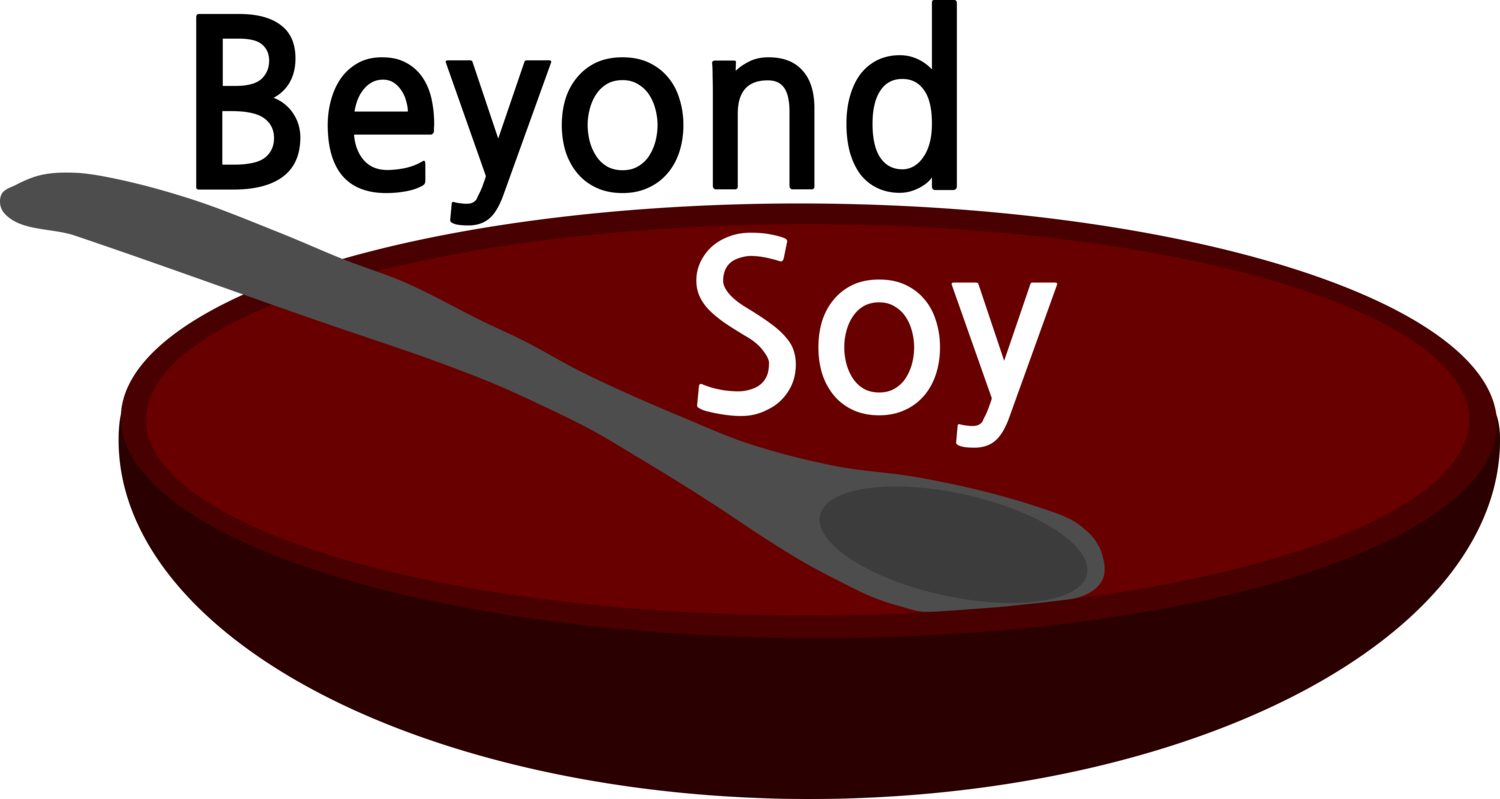The Elimination Diet
/Hello! Welcome to Beyond Soy!
Today I want to discuss the tool we used to discover that Ashley is soy intolerant: an elimination diet.
An elimination diet is a tool for determining if you have any food allergies or intolerances. The premise is simple: stop eating almost all types of food for a couple of weeks, then add back one type of food at a time and see how your body reacts.
We started our elimination diet in January a few years ago. For the first two weeks of January we ate nothing but fruit, vegetables, and meat (with no sauces or marinades). No wheat, no soy, no grains, no beans, no crackers, no rice, no corn, no nuts, no dairy, and absolutely no processed food. Bland eating? Yes, but remember it is only for two weeks, and the goal is to figure out what food you can enjoy!
Image Via Pixabay
The beginning of the elimination diet is a sort-of "detox period" to clean out your system and remove any lingering effects from what you've recently eaten. Eating a very controlled diet for two to three weeks will do this. Make sure to not eat anything that you could have a problem with.
I know this sounds very challenging (and it can be) because you might not have experience with food ingredients. During our elimination diet, we were nervous that we'd slip up and accidentally interfere with the results. If the offending food is not eliminated in the first part of the diet, the diet won't work because you can't compare how you feel before and after you reintroduce a food. To make it easier, we planned every meal of our elimination diet (including some snacks to have on-hand) before we even started. This took the guess work out of eating, and ensured we wouldn't slip up because we didn't know what to make or we wanted a snack.
During the first two to three week "detox period" you may start feeling better, but you also might not see a dramatic change. For us, it was hard to pinpoint a change, but at the end of two weeks Ashley was feeling considerably better than when we started.
After two to three weeks of eliminating all potential offending foods, it is time to reintroduce them. Reintroduce only one type of food at a time and wait several days before trying something new. When reintroducing food, don't over-eat it, but include it throughout the day in normal amounts, then go back to the base diet for the next two days. Let's use wheat as an example below.
Image Via Pixabay
Elimination Diet:
Days 1-14: Elimination part of the diet (fruits, vegetables, meat)
Day 15: Introduce wheat: toast for breakfast, sandwich for lunch, pasta for dinner
Day 16: Elimination diet (no wheat)
Day 17: Elimination diet (no wheat)
Day 18: If you didn't have a reaction from wheat, add it back into your diet and test the next food group. If you do see a reaction from wheat, do not add it into your diet and test the next food group.
Make sure that you only add in one type of food at a time! Avoid foods with multiple ingredients (e.g., both wheat and soy) to ensure you can identify a cause.
Types of food to add in:
- Wheat
- Soy
- Dairy
- Rice
- Beans
- Corn
- Nuts
What to look for:
When reintroducing foods, what should you be looking for? Symptoms of an allergic reaction or intolerance: pain, aches, lethargy, rashes, hives, itchy skin, cloudy thinking, bloating, dramatic weight gain, etc. Basically, take note of any dramatic change in wellness. Since you've just spent the past weeks without the offending food in your system, it should be fairly easy to tell if something makes you feel bad. If you aren't sure about a food, go back to the base diet for a couple days and then reintroduce it again in larger amounts.
Practical tips/tricks:
- Plan all your meals for the entirety of the elimination diet (including when to reintroduce foods and what to eat when doing so)
- Eat a lot of vegetables, but be sure to avoid anything you might have a problem with (like corn)
- Only eat at home during the diet - you can't control what is in your food when you don't cook it
- Plan and make easy elimination diet meals
- Plan and make easy elimination diet snacks
- Make extra food for dinner so you can take the leftovers for lunch
- It's only 2-3 weeks... you can do it!
- Don't worry about weight fluctuations during the first 2-3 weeks (Ashley's weight changed dramatically during our elimination diet experience)
- You must say "no" when someone offers you food
Next time we'll talk about a key component of the elimination diet that we haven't discussed: the food journal.











